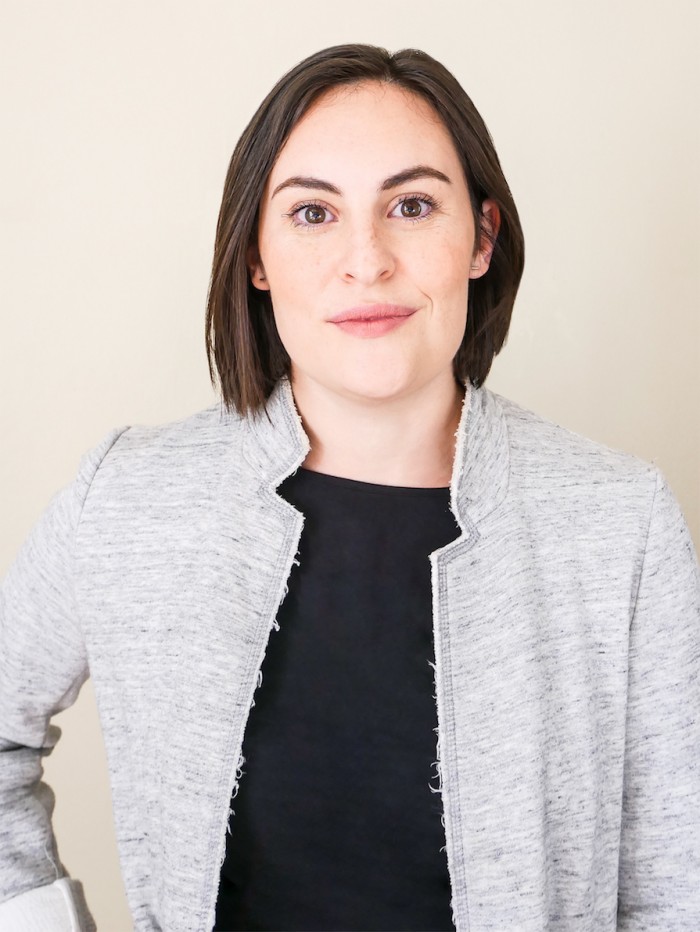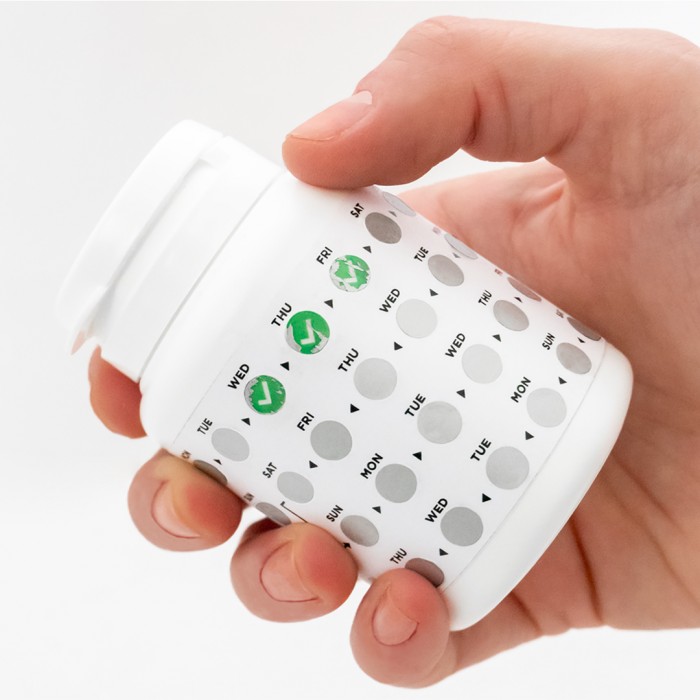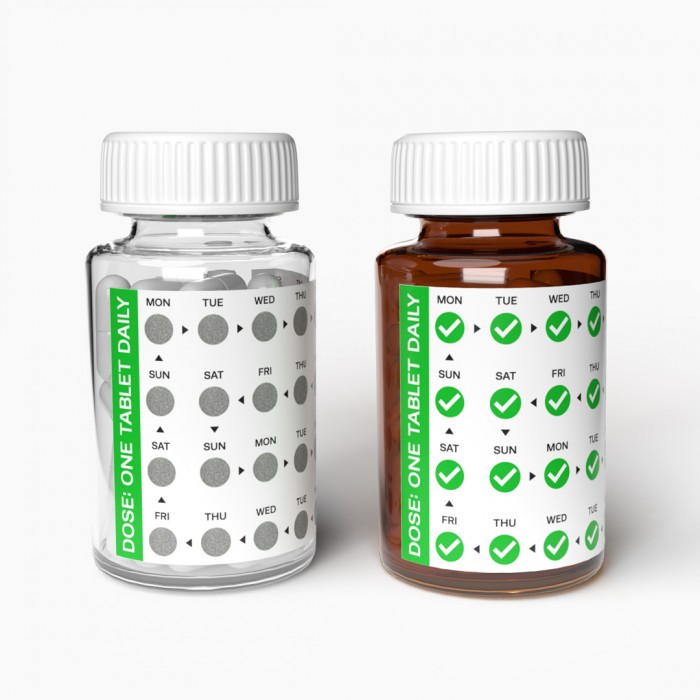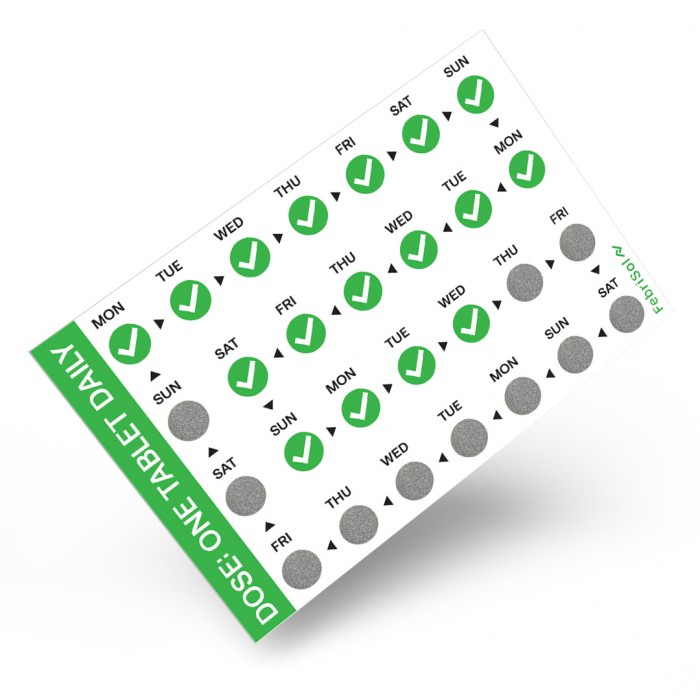How do you think design can better be used as a tool for good and for change?
I think the key is to bring designers to the table from the beginning of the project. Often we are brought in to execute a solution as opposed to being part of the thinking, strategy, research and development process.
Do you think design is very individual? One person’s inspiration? Or is it the result of collective influence from designers/things that have gone before?
I don't think it's possible to design in a vacuum. Design, like everything else, is made up of building blocks, stacked on the ideas, work and research that has come before. FebriSol wouldn't exist without David Wagner's original packaging design for the oral contraceptive in the 50s or Tufte's theories on information design.
What are your design ethics?
I don't distinguish between my design ethics and personal ethics, I just try my best to act with integrity.
Should products always be ‘useful’?
I think products that make an impact or make our lives easier are always by definition ‘useful’. But then there are products that are just silly or make us laugh, like Matty Benedetto’s Unnecessary Inventions, and they also have a place if only to make us smile.
What inspired your project?
When I was sent the brief for the Dundeed Challenge, which asked entrants to come up with a design solution to one of the UN Sustainable Development Goals, I gravitated to addressing health and wellness. The actual inspiration for the project was a combination of having friends who are doctors and public health specialists and having grown up in South Africa at the peak of the HIV crisis. I had also just finished writing my dissertation which focused on visual communication strategies for behavioural change. From there everything developed quite organically.
What scale do you imagine Febrisol being rolled out on? Can it be scaled quickly and easily?
FebriSol was originally designed to increase adherence to antiretrovirals in developing countries in sub-Saharan Africa, but poor treatment adherence is not exclusive to antiretrovirals or the developing world. FebriSol can be applied to almost any daily chronic medication such as those used to treat heart disease, cholesterol, diabetes, depression and other conditions that are prevalent in the first world. FebriSol is incredibly simple and easy to scale so the potential for global application is huge.
What is your imagined timeline for the rollout?
I have different rollout plans for different countries. I hope to start rolling the stickers out in South Africa in 2021. However, a lot of resources and funding have been redirected toward managing the pandemic, but I am cautiously optimistic. I am also in conversation with a few stakeholders in the UK but the system is more bureaucratic and challenging to navigate as a foreigner so I think it will take longer to implement.
Relative to packaging like the pill comes in, what is the cost of these stickers?
The cost of the actual sticker differs depending on the country where it is being printed. That said, on average FebriSol costs about 70% less than blister packaging.
Are they easy to print? (Do the scratch pads need a technical printer?)
Getting the printing right has been a bit of a journey, there has been a lot of back and forth and experimentation to get the right card weight and latex that is easy enough to scratch off but not too easy. It has been a learning curve, but now that I know what works and what doesn’t the process is pretty easy and straightforward, but it does require a technical printer to apply the metallic latex.
How useful are constraints in the design process? And what were your main constraints with this project?
When you are designing solutions to ‘real world’ problems, constraints are not so much useful as they are unavoidable. That said, I find constraints really helpful, without them I get choice paralysis. There were so many constraints but the main ones were that it had to be really cheap, it couldn’t be an app because not everyone in the developing world has a smartphone and it needed to be simple, so that people with really low levels of literacy could use the solution without being taught.
Were you forced to make any compromises?
I made a lot of compromises, I had a consistent debate with myself about functionality versus aesthetics. I prioritised functionality, which was quite difficult, but I think it was ultimately the right decision.
Did you learn anything totally unexpected? Or find any practical applications that you didn't foresee?
Quite early in the project I knew the application of the sticker would go beyond antiretrovirals. I didn’t expect my housemate to ask for stickers so that he could keep track of his ADHD medication, but when he did it made total sense. I also did not expect to learn as much about international intellectual property law as I did.
What made you decide to study design?
I always wanted to do something creative, but my parents said that they would only help me if I got a ‘traditional’ post graduate degree first. So, I actually started with a BA in Media Theory, International Relations and Digital Media, then I did an honours degree in Transitional Justice. After my honours I was freelancing as a graphic designer and I became obsessed with information design which is when I decided to apply for the Royal College of Art where my practice moved more toward human-centred design.
What is your definition of design?
Broadly I would define different fields of design in different ways, they have different purposes, skills, methodologies and outputs. But at the core of all the specialties is the communication. Whether it is a function, idea, feeling or action if the design doesn’t communicate it has failed.
What is your ultimate design piece, if you had to congratulate one designer for one design – what would it be?
Dan Reisinger for the packaging system he designed for Teva Pharmaceuticals in the 80s. The system consisted of pictograms and colours that helped pharmacists identify and dispense the correct medications. Dispensing errors happen more often that you might think, in a 2007 paper published by the Royal College of Physicians, they estimate that it happens at a rate of 1-24%. In fact, it happened to my mom in August.
Who would your dream client be?
For me it’s less about the client and more about the project. All I want is to work on projects that make a tangible impact on people’s lives. That said, there are designers, thinkers and problem solvers who I really respect and would love to work with, like Jonny Ive, Robert Wong, Bruce Mau and Kenya Hara.










